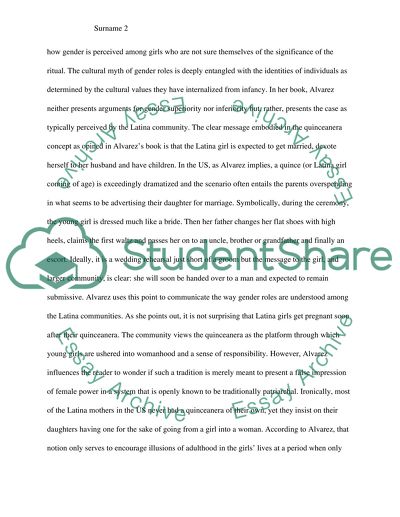Cite this document
(“Cultural myth in once upon a Quinceaera by Julia Alvarez Assignment”, n.d.)
Retrieved from https://studentshare.org/english/1670996-cultural-myth-in-once-upon-a-quinceaera-by-julia-alvarez
Retrieved from https://studentshare.org/english/1670996-cultural-myth-in-once-upon-a-quinceaera-by-julia-alvarez
(Cultural Myth in Once Upon a Quinceaera by Julia Alvarez Assignment)
https://studentshare.org/english/1670996-cultural-myth-in-once-upon-a-quinceaera-by-julia-alvarez.
https://studentshare.org/english/1670996-cultural-myth-in-once-upon-a-quinceaera-by-julia-alvarez.
“Cultural Myth in Once Upon a Quinceaera by Julia Alvarez Assignment”, n.d. https://studentshare.org/english/1670996-cultural-myth-in-once-upon-a-quinceaera-by-julia-alvarez.


